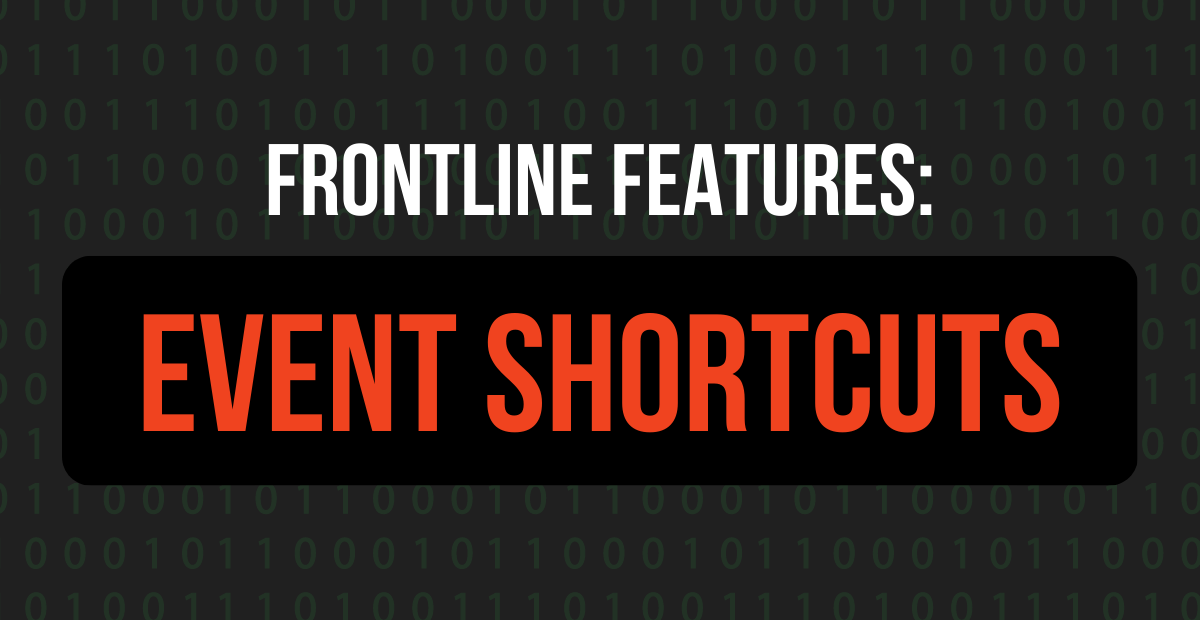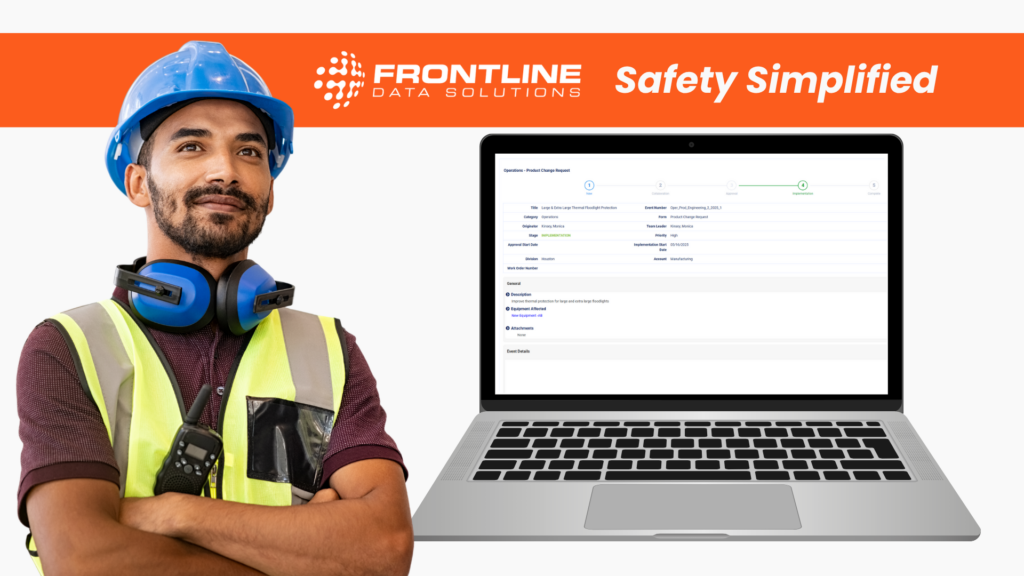Event shortcuts with the Frontline ACT (action tracking) system simplify the process of documenting EHS events. These workflow shortcuts eliminate the hassle of starting each document from scratch. Instead, they allow you to skip a few steps by providing a premade workflow.
This means that you can start logging observations right away, as long as you’ve created an shortcut for that type of event. The event shortcut features is commonly used for safety incidents, near misses, and even recording employee suggestions.
What is an event shortcut?
An event shortcut is a premade workflow for documenting things that happen around the workplace. It guides the user through a series of steps to fill out documentation for a specific event.
How do workflow shortcuts work?
If you’re a Frontline ACT power user, you can create event shortcuts with different forms attached and unique workflow (routing) characteristics. These elements are what set each event apart from the others.
Once you create a shortcut, you can place it on the Frontline desktop dashboard for any users within your purview. This can include a handful of individuals or an entire department/job type.
What are the benefits of event shortcuts?
The biggest benefit of having shortcuts is that they save you time. Here are a few ways how that happens:
- You don’t have to create a workflow from scratch every time something happens.
- You can cut down on the time it takes to train users how to use the software.
- You can easily categorize the different events happening within your organization.
What’s great about shortcuts is that once you create them, the bulk of the work is done. This means you can potentially respond to incidents faster.
Like any software feature, workflow shortcuts can help streamline your processes. The key is to get them set up quickly during the implementation phase of adopting action tracking software. That way, you’ll be able to quantify and document EHS events quicker, meaning you have more data to identify trends and patterns.




